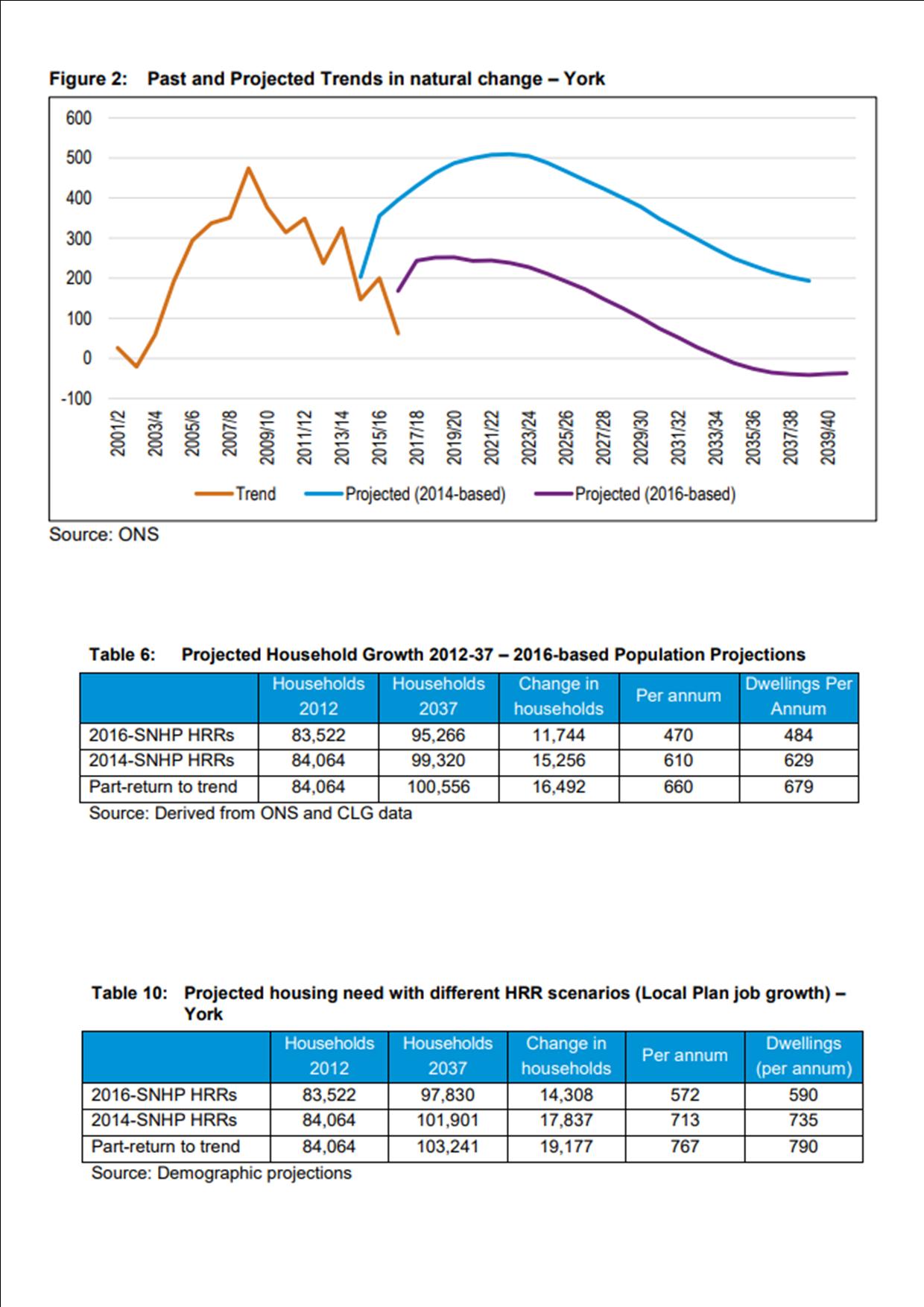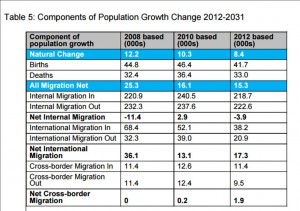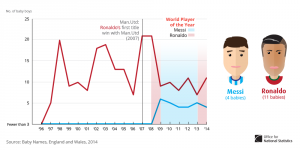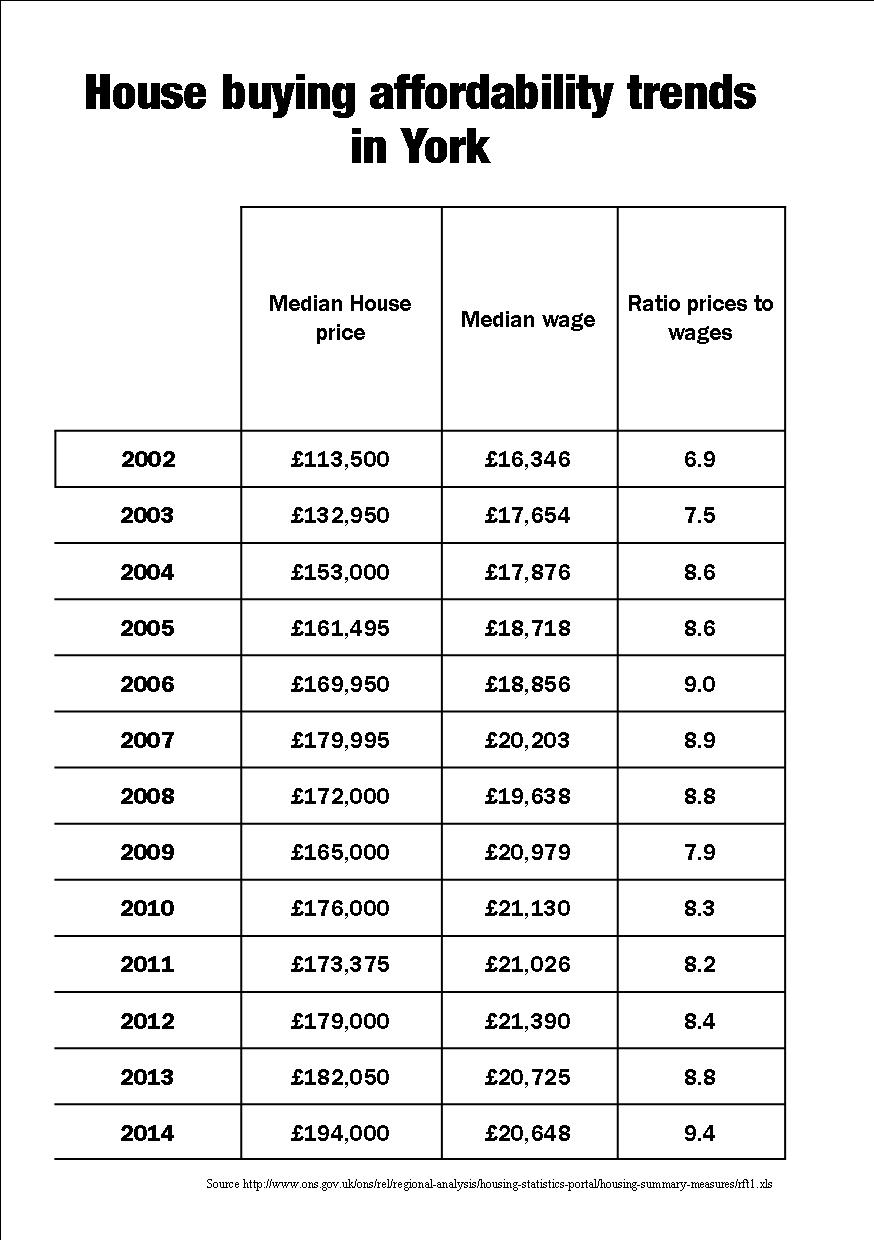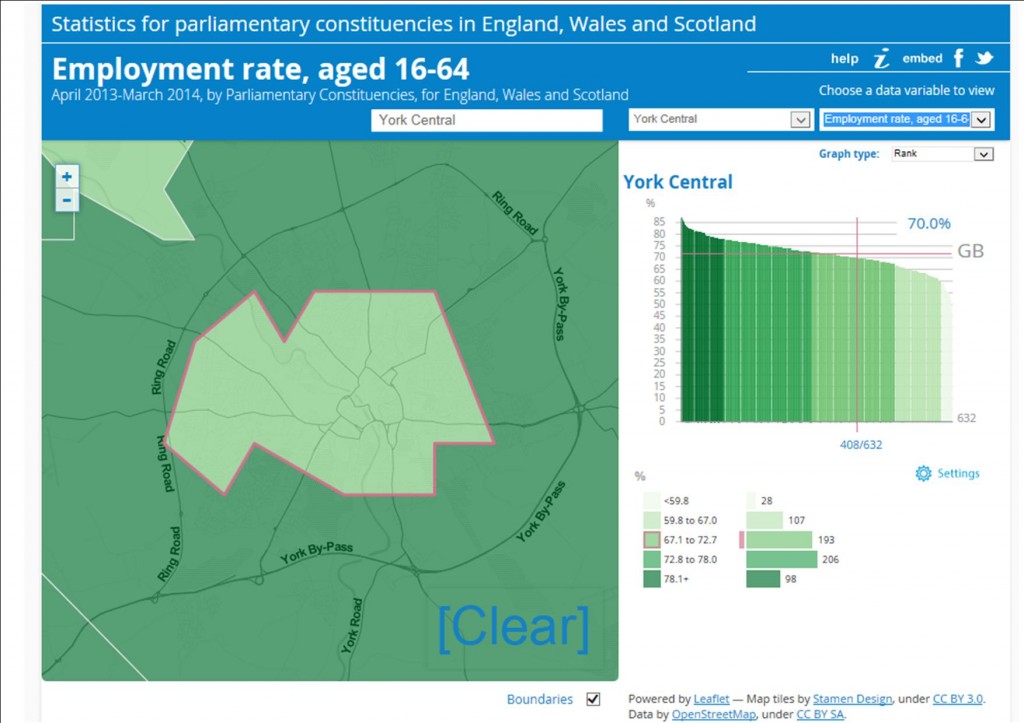Deaths and test results
There have been no further Coronavirus deaths recorded at York hospitals
There have been no further positive lab test results in the City. The total figure of 462 has been unchanged now for two weeks.
ONS have now published their updated statistics on causes of death across the country. It can be downloaded by clicking here. It is subject to further refinement.
The tables cover the period up to 5th June. They reveal a cumulative total of 156 deaths attributed to the virus. There were a total of 1154 deaths in the City during the same period (all causes).
Of the Coronavirus deaths, most occurred in hospital (84) while 62 occurred in care homes. Others took place at home or in a hospice. The highest recorded number of deaths in York care homes in one week was twenty although this had fallen to one during the last recorded week.

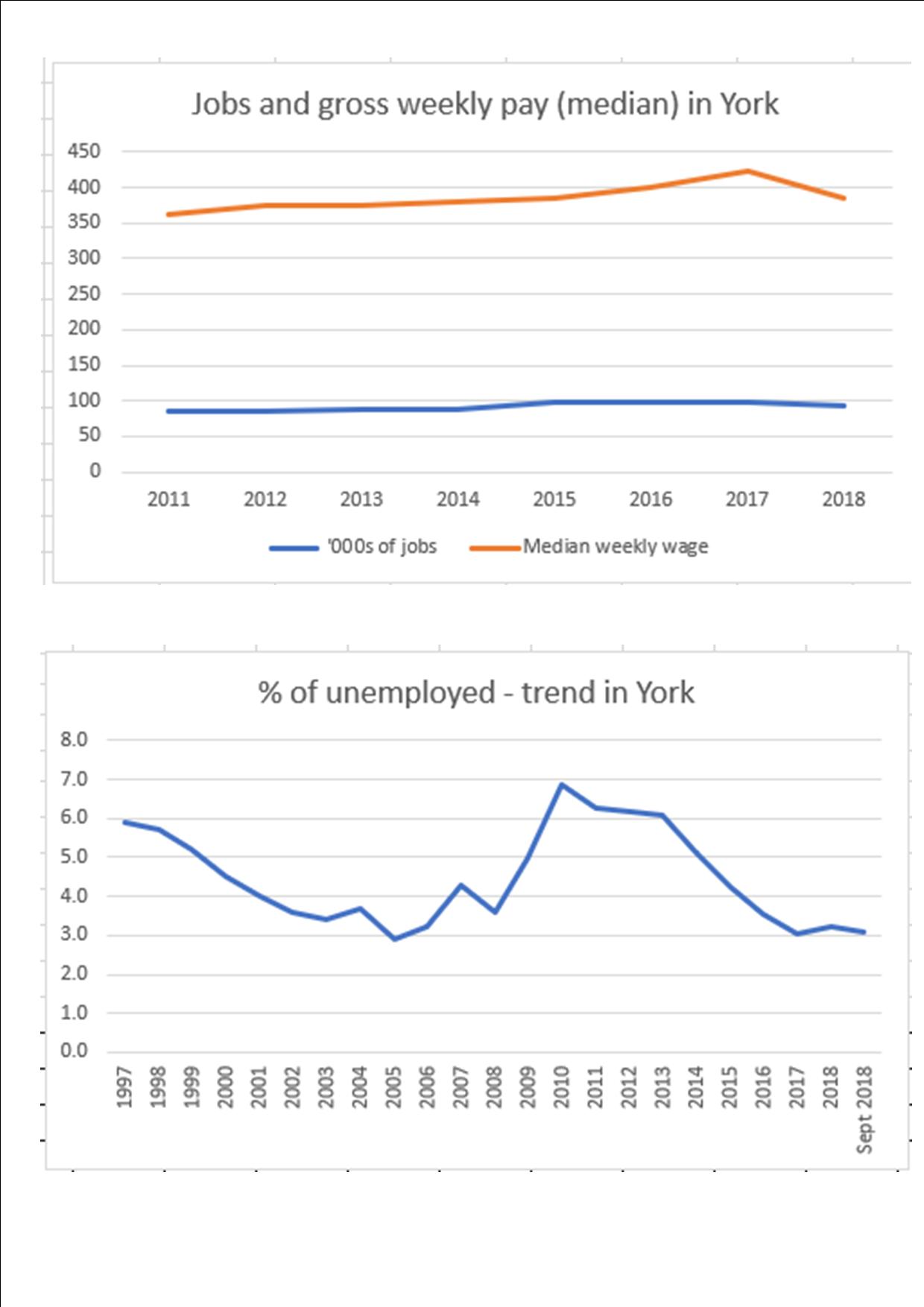
 International migration forecast shows substantial reduction
International migration forecast shows substantial reduction